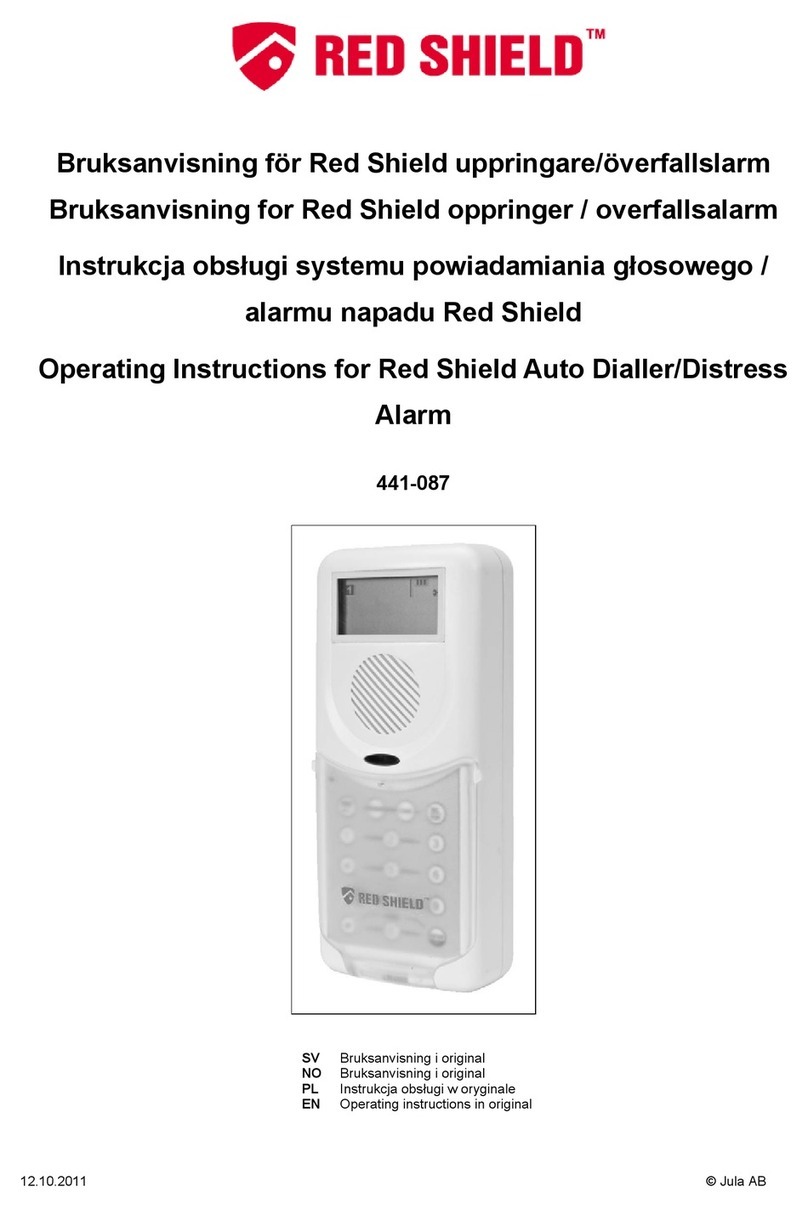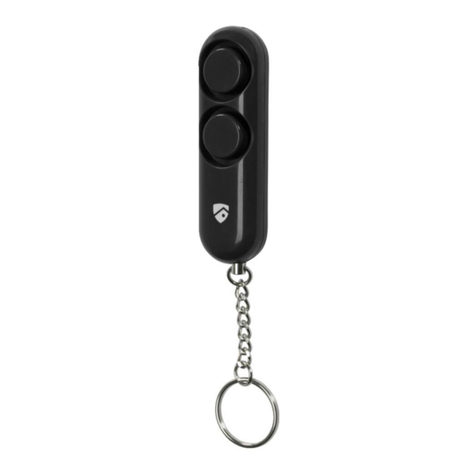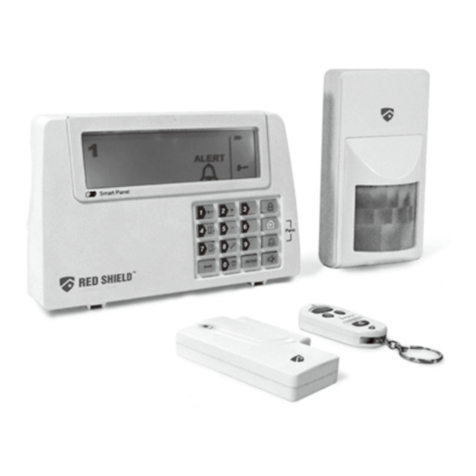Section 1 – Getting started
1.1 General system overview
1.2 Introduction to the system
1.3 Items included with the system
1.4 Introduction to the Smart Halo Panel
1.5 Introduction to the Smart Halo Panel sound alert and backlight
Section 2 – Installing the Smart Halo Home Protection System
2.1 Installing the Smart Halo Panel
2.1.1 Locating the Smart Halo Panel
2.1.2 Wall mounting the Smart Halo Panel
2.2 Connecting the telephone line and powering up the Smart Halo Panel
2.3 Understanding the battery and AC adapter icon
Section 3 – Using the SMART HALO Home Protection System
3.1 Programming your 4-digit PIN
3.1.1 Use Smart Halo App to set up or set up with the panel keypad
3.2 Operating different modes
3.2.1 STANDBY mode
A.Adjusting Exit Delay
B.Adjusting Entry Delay
C.Adjusting the Alarm Duration
3.2.2 ALERT mode
A.Entering the ALERT mode
B. Exiting the ALERT mode
C.Zone settings
3.2.3 HOME mode
A.Entering the HOME mode
B.Exiting the HOME mode
C.Zone settings
3.2.4 ARM mode
A.Arming the system
B.Disarming the system
C.Zone settings
D.Triggers in ARM mode
3.3 Introduction of Key Fob Remote Control
A. Introduction
B. Operation
i. Powering up the Key Fob Remote Control
ii. Enrolling the Remote Control onto the Smart Halo Panel
iii. Operating the Key Fob Remote Control
iv. Deleting a Remote Control from the Smart Halo Panel
v. Querying the ID Number of a Remote Control
3.4 Programming the built in Auto dialer
3.4.1 Programming the built in dialer
3.4.2 Telephone number + Dialling cycle
3.4.3 Query mode
A.To inspect numbers in the memory enter Query mode and look:
B.To delete an entry you will need to enter the same mode and select delete:
3.4.4 Record + Playback Mode
3.4.5 Instructions for Recipients of Emergency Auto Dialer
3.4.6 Inactivating the Auto Dialer after an Alarm
3.4.7 Muting the Audible Countdown
3.5 Transmitting an emergency (Panic) alarm
3.5.1 Using the Panic alarm
3.5.2 Using the Panic alarm without activating the siren
Section 4 – Installing the Sensors
4.1 Introduction to the Sensors
4.2 Installing the Sensors
4.2.1 Installing the Door/Window Sensor
A. Powering up the the Door/Window Sensor
B. Installing the Door/Window Sensor
C. Mounting with the double-sided adhesive pad
4.2.2 Installing the Motion Sensor
A. Powering up the Motion Sensor
B. Installing the Motion Sensor
C. Sensor sensitivity
D. Walk test
E. Mounting using screws
4.3 House Security Code settings
4.4 Zone Code settings
Section 5 - Troubleshooting
5.1 FAQ
5.2 Troubleshooting
Section 6 – General Information
6.1 Product information
6.2 Specifications
6.2.1 Smart Halo Panel
6.2.2 Key Fob Remote Control
6.2.3 Door/Window Sensor
6.2.4 Motion Sensor
6.3 Maintenance
6.4 Batteries
Contents
1
4
6






























